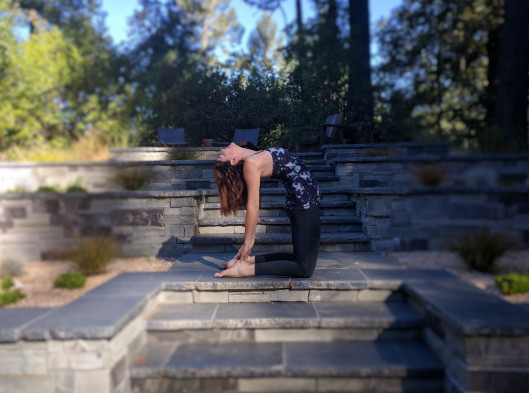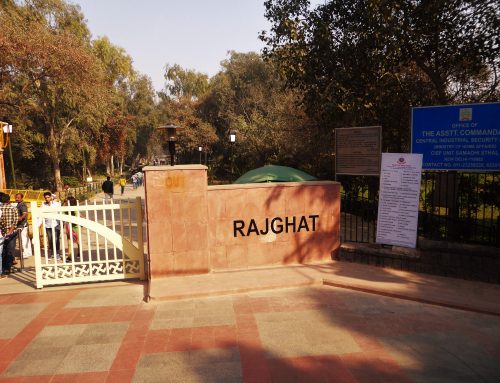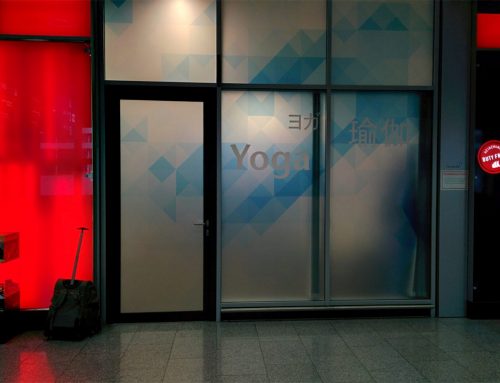In this post, I will attempt to answer questions from Susan M. They are as follows:
- “I would love for you to explain “Heart Opening”.
- “Is there a true connection between your heart (your ability to let people get close, to be fully emotionally open) and your ability to do asanas like camel?”
- How does one go about solving (I don’t think that’s quite the right word, but it will suffice for now) this disconnect?
These are excellent and thought provoking questions. In fact, I encourage all aspiring, and especially established, yoga teachers to at least reflect upon, even write out, your authentic definition of “Heart Opening”. As I have reflected on these questions for the past few weeks of practicing and teaching, this process has raised the bar for me to become a better student and teacher, and therefore I am of better service to my students.
Upon reflection, it does seem as though the term “Heart Opening” might be thrown around a lot, and perhaps even seemingly with careless rhetoric, within the Yoga teaching community here in the west.
As I try to educate my students, I do explain that this system of Yoga is at least over 4000 years old. To fully grasp everything in a 75 minute vinyasa or a 60 minute “Hot Yoga Express” class is unrealistic.
Beginning with Susan’s 2nd question: “Is there a true connection between your heart (your ability to let people get close, to be fully emotionally open) and your ability to do asanas like camel?”
The ability to do yoga asana, using Susan’s example, Ustrasana or Camel Pose, in some cases, has absolutely nothing to do with the practitioners’ state of being. I know yoga practitioners, and teachers, who can perform the most aesthetically pleasing asanas, and yet are afflicted with one, in most cases all, of the kleshas.
What is a klesha? Kleshas are the psychological obstacles blocking one’s “ability to let people get close, to be fully emotionally open”, as Susan put it in her question. The kleshas are afflictions that cause suffering and obstruct the process of our yoga practice.
- Avida – spiritual ignorance
- Asmita – ego
- Raga – attachment
- Dvesa – aversion
- Abhinivesah – clinging to bodily life
Some practitioners just have the bodies that can bend easily into postures, or they have had previous training in dance or sport, where their bodies are flexible and supple enough to do postures.
However, there are practitioners’ who come to Yoga to receive all of the healing benefits and powers, as they work diligently both on and off the mat. By focusing on, and working through, their own kleshas, they have been able to realize “Heart Opening” asanas. And the converse holds true as well, in that by working on “Heart Opening” asanas they have become more open and receptive and achieved the “ability to let people get close, to be fully emotionally open”.
When I notice that I am experiencing these afflictions I tell myself “Kath, your kleshas are showing”, and then I elevate my intentions.
Now I will attempt to address Susan’s first and third question as my responses are tightly woven.
- “I would love for you to explain “heart opening”.
3. “How does one go about solving (I don’t think that’s quite the right word, but it will suffice for now) this disconnect?
It might be perceived as a “bull-pucky” response is that “Heart Opening” is a state of being; where you accept, are in harmony with, are at One with all beings and situations, and unconditionally love all beings.
Sounds like “Unicorns farting rainbows”?
Seriously, though, does this describe anyone you know, or have known?
Think carefully, before reading on.
An infant.
Think about when your children were infants. They were completely open to your love, your nurturing, and your embraces. They could feel your love, and fully accepted you and your situations. Infants are the purest definition of “Heart Opening.” Pets are also the purest form of “Heart Opening”, with the exception of Rocky the cat – his love ends at the food bowl.
Does that necessarily mean that we should run around acting like infants to do a better Camel, Cobra, or Wheel Pose? That is a matter of personal choice. If that is where one needs to be, then one will be there. When one needs to be somewhere else, they will move.
Just because I spent a whopping three weeks on a Spiritual Yoga Pilgrimage in India, I certainly am not some wannabe Guru-Sage-Swami-Yogini, professing to anyone who will listen, that I now hold the answers to the Universe. We have our fill of those teachers, who if they did hold the answers to the Universe, one of the answers might be “Quit holding your students hostage and talking about yourself for 20 minutes at the begging of your class!”
In my daily life practices, and intently whilst in India, I focus on the Yoga Sutras of Patanjali. As I meditate and work through each of the eight limbs of yoga, I focus on my breathing and my heart. As I come to a particular sutra that causes my breath or heart to change, and feel a little “snaggy”, I meditate and study those sutras to smooth out the snaggienss.
What are the Yoga Sutras of Patanjali?
The Yoga Sutras were written in Sanskrit that is an ancient language which was used for religious and scholastic purpose as early as 1500 BCE. The Sutras were written during 200-300 CD and are in “sutra” from. The word “sutra” means thread and, in the context of the Sutras, means a thread of words (some Sutras are only two or three words long) that conveys meaning in an abbreviated form. Because the Sutras contain deep insights into the most complex questions of Yoga Philosophy and are highly condensed and technical, the use of separate commentary is essential.
Gary Kissiah – the yoga sutras of Patanjali – illuminations through image,commentary and design.
If you are a yoga student, I highly recommend reading the Yoga Sutras of Patanjali. There are many interpretations. For me it took a few before I found the ones that I like to work with regularly.
If you are a yoga teacher, and you haven’t already, I highly recommend reading the Yoga Sutras of Patanjali.
I believe that every student of Yoga should not only read by actually study the Yoga Sutra(s). It is an excellent way of delving into the metaphysics and the spiritual practice of Yoga. All too often, Western students want to bypass the philosophical aspects of Yoga and go on with its practice. But I is impossible to practice Yoga authentically without first having grasped its metaphysics.
Georg Geuerstein.
Sutra 1.1
Now begins an explanation of yoga
Atha yoga anusasasanam
Because we are no longer infants, and we have been conditioned, and through Yoga can attain liberation from ego.
Sutra 1.2
Yoga is the cessation of the misidentifications with the modification of the mind.
Yoga citta vriti nirodhah
“The word yoga derives from the Sanskrit root yuj meaning to unite, to join, to harness, to yoke, to contact, or to connect… it is the union between the individual self and the universal self… It is the joining of a healthy body and a disciplined mind for the spiritual development… When the duality of matter and mind is totally dissolved into the original source, the supreme goal of yoga is achieved.”
Sri Swami Rajarshi Muni
Through the complete practice of Yoga (as described above), and as we reduce the influences of the kleshas, we will attain a state of “Heart Opening” or awakening. And therefore, the answer Susan’s third question “go about solving this disconnect”
Have you ever been so completely in love with someone that you found everything about them to be perfect? When they walk into the room room your heart leaps? A spiritual connection, that moves you beyond the physical attraction, beyond space and time. You love everything about them – all of the really cool and neat stuff, but also, and maybe even more, the quirky and nerdy ways about them. You love the way they move, laugh, smell, and smile. And, are so completely in love with them when they become unraveled and are being a total jerk! When you are with them, you feel a sense of calm that you never knew before. There is so much love that you want total happiness for them and allow them their freedom and space to do whatever they need to do.
That is how your True Self feels about you.
Awesome question, Susan, Thank you!!!
I hope I have helped you answer your question.
Sat Nam –
Kathleen
Copyright © 2016 Kathleen M. Callan
All Rights Reserved




